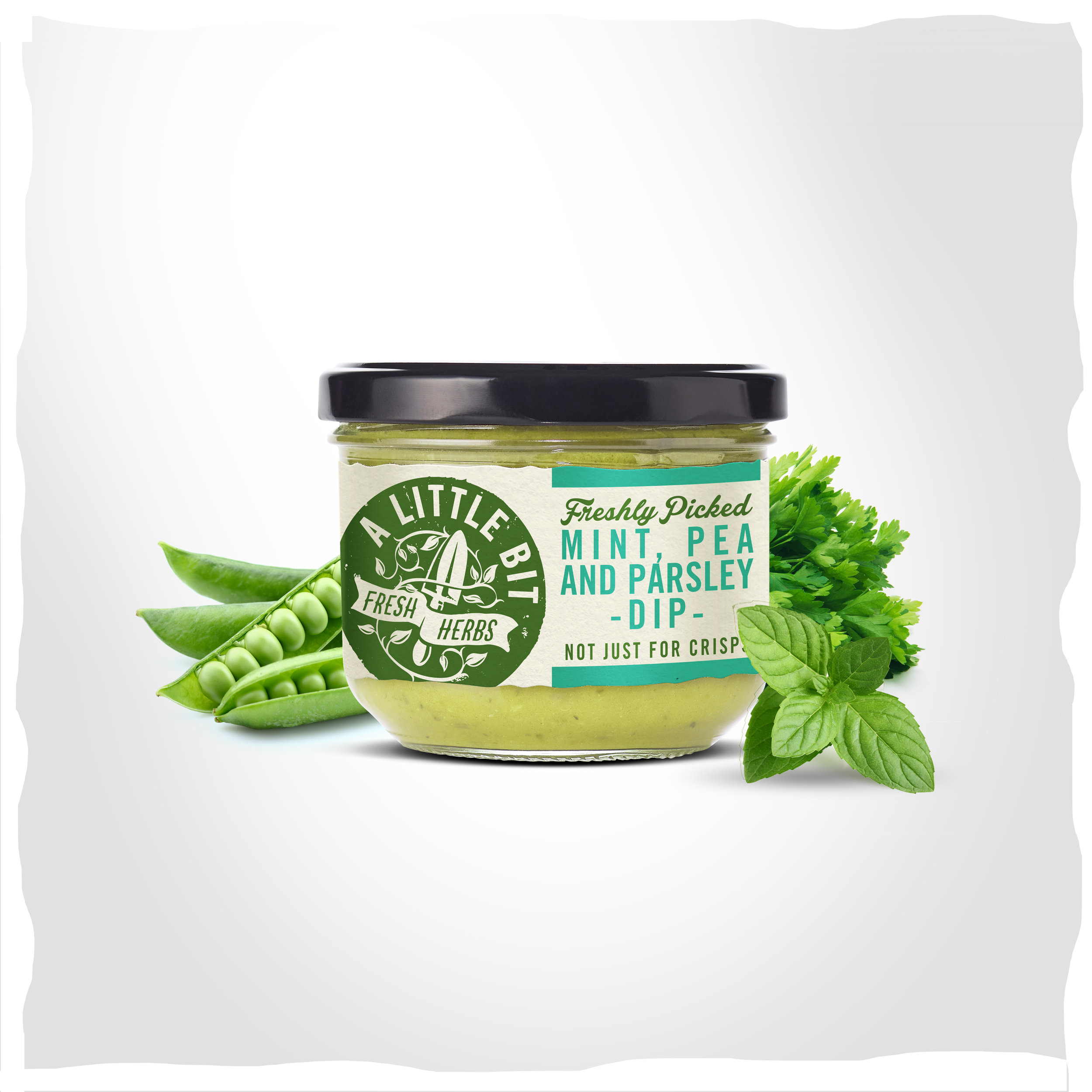There is an irresistible quality about sage, with its soft green leaves and pungeant savoury aroma that harkens of classic stews, sausages and stuffings. But there's more to this hardy Mediterranean herb than comfort cooking alone.
Sage has been held in high regard throughout history both for its culinary and medicinal properties. Native to countries surrounding the Mediterranean Sea, sage has been consumed in these regions for thousands of years and has one of the longest histories of use of any medicinal herb.
The Greeks and Romans were said to have highly prized the many healing properties of sage. The Romans treated it as sacred and created a special ceremony for gathering sage. Both civilizations used it as a preservative for meat, a tradition that continued until the beginning of refrigeration (science has since confirmed that sage's numerous terpene antioxidants have antibacterial qualities which help reduce spoilage).
In the garden, sage is easy to grow and hardy throughout winter. All the more reason to keep this herb handy and make it a regular fixture in the kitchen. And if you don't fancy growing it yourself, always buy fresh sage over the dried form of the herb (it's far superior in flavour).
Since the flavor of sage is very delicate, it is best to add the herb near the end of the cooking process so that it will retain its maximum essence.
Try sage in one of my favourite sage recipes: sweet potato and sage gratin
Or visit the links below for more sage inspiration:
















